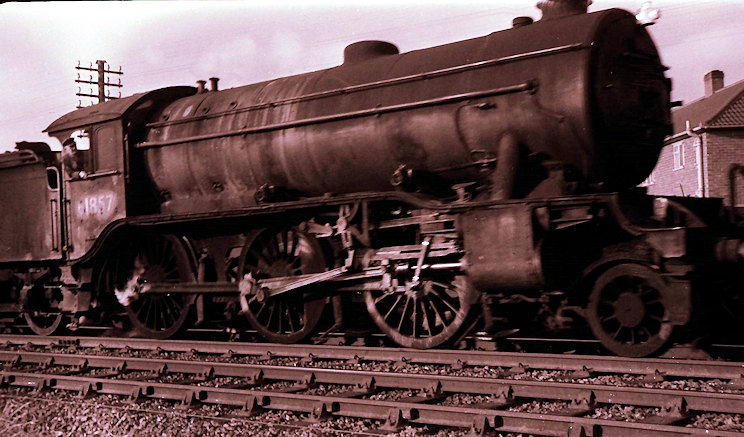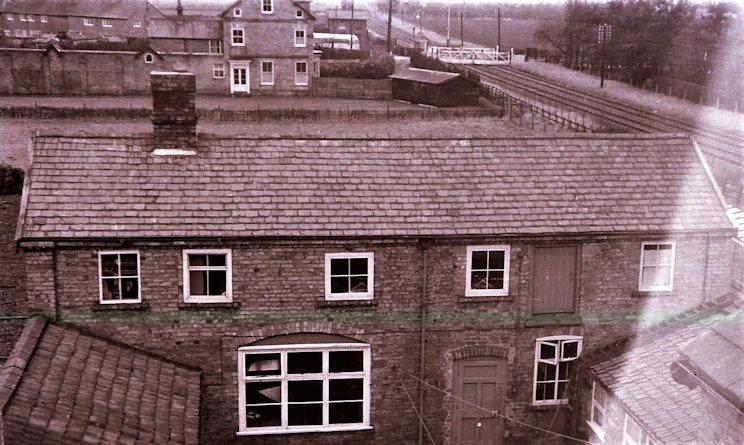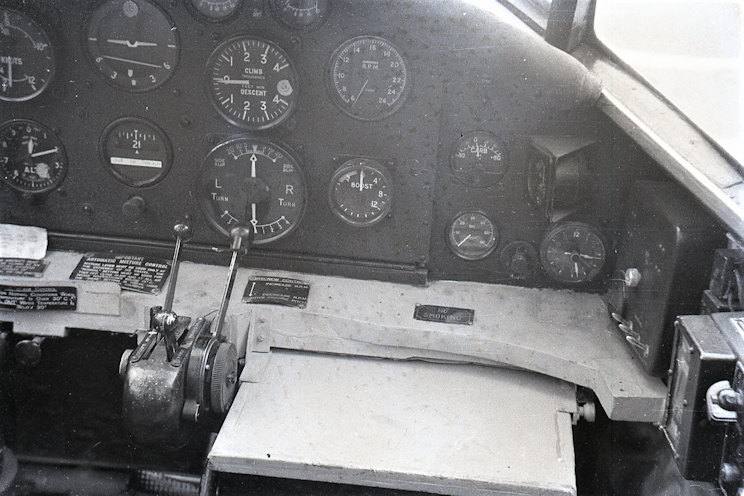|
Eternally dark, bitterly cold and generally weird was my first impression of Pocklington. It was January 1958 and I had arrived to join as a boarder at Lyndhurst, the junior house at Pocklington School. My parents lived in East Africa and had decided (much to my dismay) that my secondary education should take place in England. My large school trunk and I were driven to Pocklington and after pleasantries over a cup of tea, my parents left me in my housemaster’s care and headed off back to Dar es Salaam.
For a child who had spent all his previous life in tropical open spaces, Pocklington in the middle of winter was pretty grim. Where I came from, the sun shone every day, there were palm trees, white sandy beaches, mangoes, bungalows with gardens and decimal currency. I never saw a mango in Pocklington and the money - pounds shillings and pence - was impossible. Houses were quite strange too usually being of two stories and joined to each other in terraces. The short trousers we had to wear were a trial for any eleven year-old let alone one fresh from the tropics. To counter the cold, I worked my way along school corridors pressing my knees at intervals against the radiators to restore circulation.
As time passed and the days lengthened, I concluded that Pocklington might be survivable –but only just. Whilst I can’t claim to have settled readily into my studies, there were two welcome distractions - the railway and the airfield. The railway, which ran right past the school, was a source of constant and welcome diversion from tedious lessons and many of us kept our Ian Allan trainspotting books at the ready in case an unusual train trundled by. Goods trains were generally steam hauled whilst the passenger services were usually Diesel Multiple Units uniformly finished in British Railways green. The summer term was the best time to spot rare steam locomotives which often hauled excursion trains bound for the coast.
The level crossing by the school entrance on West Green featured prominently in our routine as there were frequent delays to road traffic when the gates closed. In addition to the main double gates, there were small pedestrian-only gates controlled from the signal box just a few yards away. Errant pupils scuttling through the pedestrian gates just as he was about to lock them, were a regular source of ire to the signalman. If the rails were wet and greasy, York-bound steam locomotives pulling away from the station would frequently spin their driving wheels as they gathered momentum – an impressive sight when viewed from track level by a small person.

BR Class K3/2 61857 approaching Pocklington Station - © 2021 this image the property of Donald McGregor
A second level crossing over Barmby Road was just visible from the skylight in the top floor dormitory of Dolman, my middle boarding house. The track ran right past the side of the building which vibrated as the trains passed. Sneaking through the fence to position a penny on the rails was a regular amusement. When secured with a dab of chewing gum, pennies could be transformed into remarkably thin elongated discs after the passage of a few goods trains.

Barmby Road level crossing from Dolman House - © 2021 this image the property of Donald McGregor
Of greater interest from my perspective, was the vast, bleak open space of the airfield with its deserted runways and taxiways where, with a keen eye, you might spot live .303 rounds dropped from the turrets and bomb bays of the Wellingtons and Halifaxes that had lumbered off to war not so many years earlier. The rounds were a source of cordite which could be extracted to make a variety of pyrotechnics (completely unlawful and not to be recommended of course). A few of the old RAF buildings were in use but most were empty and mouldering away.
Apart from the very occasional visitor, the only aircraft we ever saw flying in and out was a blue and cream coloured Percival Proctor III registered G-AMGE which belonged to Jeff Allison who headed up the well-known local building and garage services company. The Proctor was low-wing cabin monoplane of wood construction powered by a De Havilland Gipsy Queen engine. It was developed from the pre-war Percival Vega Gull at the request of the Air Ministry as a communications and radio training aircraft for the RAF. Many, like G-AMGE which appeared on the civil aircraft register in November 1950, were converted to civilian use after the war. They saw extensive service but had a bit of a reputation for tricky handling especially at lower speeds.
One Sunday afternoon, my friend James Pollard and I were wandering round the airfield and noticed the Proctor sharing a hangar with an Allisons concrete breeze block production line. Intrigued by the aircraft, we hit upon the idea of asking Jeff Allison for a ride. We wrote a letter and put it in the post not expecting anything to come of it. To our delight and surprise a few days later came the reply from Jeff saying that if our parents and the school agreed, he would take us for a flight.
 744px.JPG)
Percival Proctor III G-AMGE - © 2021 this image the property of Donald McGregor
On the afternoon of Sunday 14 May 1961, we climbed aboard G-AMGE. Although I had flown quite often in DC3s in Africa and back and forth to England in BOAC Argonauts and Britannias, I had never been in a single-engined aircraft. Jeff told us we would be flying to Yeadon (now Leeds Bradford Airport). We took off heading due north along the main runway and completed a steep turn to the right over Dolman house to impress our schoolmates. James sat in the front seat next to Jeff on the way out and we switched places for the return. The weather for the whole flight was indifferent with a lot of cloud and the ground obscured for much of the time by the Proctor’s low wings. I was struck by just how noisy it was - ordinary conversation being near impossible. The cockpit and cabin were strictly utilitarian - this was, after all, a wartime aircraft. The instrument panel and controls were neatly laid out but the cabin finish including the various warning notices and a pull-out map drawer on the passenger side were surprisingly rough and ready. Jeff treated us to cake and a cup of tea at Yeadon after which it was time to head back to Pocklington. Elated by our thrilling excursion, we returned to Dolman flushed with enthusiasm expecting everyone would have noticed our steep turn over the chimney tops. We were disappointed to discover that being Sunday afternoon, people were busy doing other things and practically no one had noticed our low flying Proctor’s flypast.

Proctor III G-AMGE instrument panel - partial view - © 2021 this image the property of Donald McGregor
Propped up against the hangar wall, were the wings and fuselage of another Proctor III G-ALER which Jeff kept for spares. In May 1963, he had a mishap landing at Newcastle which resulted in G-AMGE being written off. Not long after, the remains of G-ALER were dragged out of the hangar and burned. I extracted the rudder pedal from the ashes and keep it as a souvenir all these years later.
I found the flight to Yeadon so interesting and enjoyable that I determined I would learn to fly myself as soon as I was able. A few years after leaving Pocklington, I gained my Private Pilots’ licence and went on to fly a variety of single and twin-engined aircraft in the UK and abroad but that first flight from Pocklington airfield remains lodged in my memory more than any other.
As for Pocklington itself, I adjusted to it eventually and discovered that it wasn’t such a bad place after all especially in summer sunshine. I even grew accustomed to terraced houses. I was of course especially pleased when in 1971 the authorities finally saw sense and introduced decimal currency. Best of all nowadays is the availability of mangos in any supermarket.
Article submitted by Donald McGregor.
7th February 2021.
|

